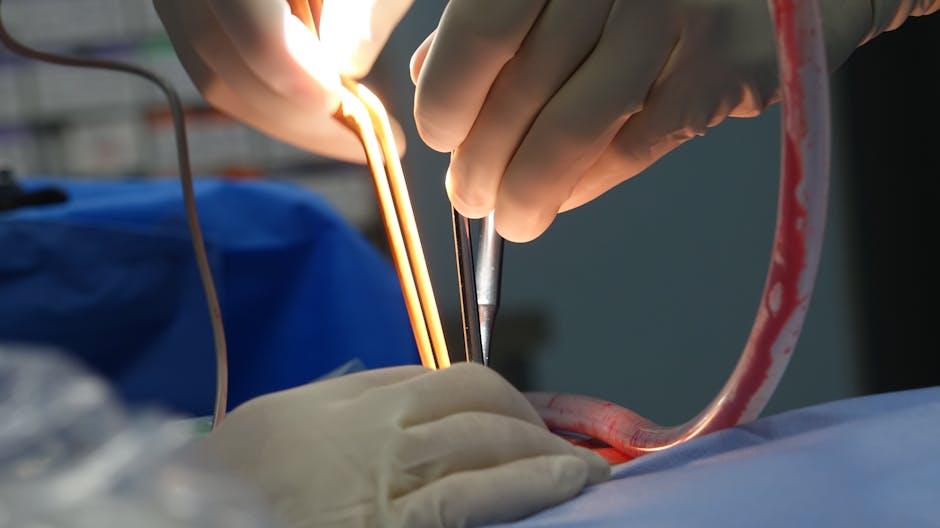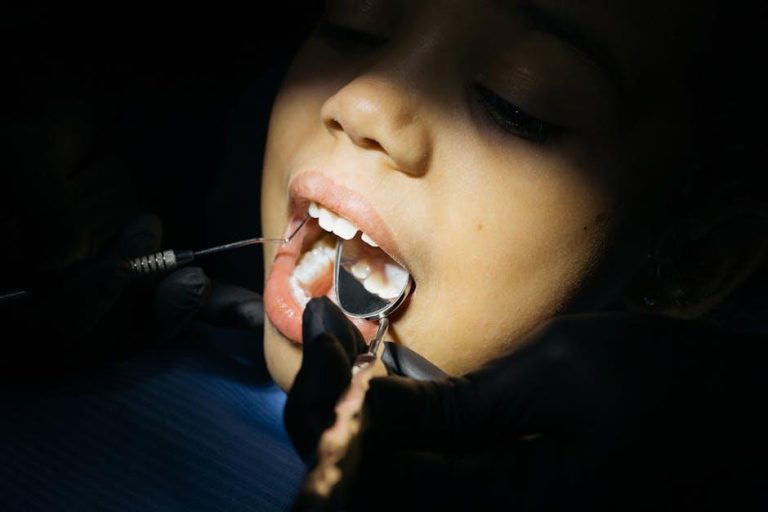
Taking it on the Chin: How to Manage Dental Trauma – Mayo Clinic
Dental trauma can happen anytime—during sports, accidents, or even a simple fall. When you “take it on the chin,” it isn’t just a figure of speech but a real risk to your dental health. Understanding how to manage dental trauma properly is crucial to saving your teeth and minimizing long-term damage. In this comprehensive guide inspired by Mayo Clinic’s expert advice, you’ll discover practical tips, immediate first aid, treatment options, and prevention strategies to handle dental emergencies confidently.
What Is Dental Trauma?
Dental trauma refers to any injury to the teeth, gums, or other oral tissues caused by impact or force. It ranges from minor chips or cracks to severe tooth displacement or tooth loss. Such trauma can also affect the bone and soft tissues around the tooth, complicating healing and overall oral health.
Common Causes of Dental Trauma
- Sports injuries (especially contact sports without protective gear)
- Falls or slip-and-fall accidents
- Car accidents or collisions
- Physical altercations or fights
- Biting into hard objects or sudden blows to the face
First Aid for Dental Trauma: Immediate Steps
Prompt action is vital in managing dental trauma. Following these immediate first aid steps can increase the chances of saving your teeth and avoiding complications.
General First Aid Guidelines
- Stay calm: Keep yourself or the injured person calm to assess the damage clearly.
- Clean the area gently: Rinse the mouth with warm water if bleeding or debris is present.
- Control bleeding: Use a clean cloth or gauze to apply gentle pressure to the bleeding site.
- Save the tooth if knocked out: If a permanent tooth is knocked out, try to place it back in the socket. If not possible, keep it moist in milk or a tooth preservation solution.
- Apply cold compress: Reduce swelling and pain with an ice pack on the cheek near the injury.
- Seek professional dental care immediately: Time is critical for the best outcome, especially for avulsed (knocked-out) teeth.
Handling Specific Types of Dental Injuries
| Injury Type | Immediate Action | Mayo Clinic Recommendation |
|---|---|---|
| Tooth Knocked Out (Avulsion) | Retrieve tooth by crown, rinse gently, store in milk or saline. | Reimplant tooth within 30 minutes for best chance. |
| Chipped or Fractured Tooth | Save tooth fragments, rinse mouth, avoid sharp chewing. | Visit dentist to determine if root canal or restoration needed. |
| Tooth Displacement (Luxation) | Do not try to reposition; protect tooth and seek dental care. | Professional assessment essential to prevent long-term damage. |
| Soft Tissue Injury (Cuts or Lacerations) | Rinse mouth with warm water, apply pressure to stop bleeding. | See a doctor or dentist for stitches if bleeding persists. |
Treatment Options for Dental Trauma
Once you’ve received emergency first aid, dental professionals will determine the best course of treatment based on the severity of the injury.
Common Treatments Include:
- Reimplantation: Repositioning a knocked-out tooth into the socket, often stabilized with a splint.
- Root Canal Therapy: Treating damaged or infected tooth pulp post-trauma.
- Bonding and Crowns: Repairing chipped or fractured teeth with dental bonding or crowns for strength and aesthetics.
- Splinting: Stabilizing loosened or displaced teeth with attached splints to nearby teeth.
- Surgical Intervention: For severe jaw or bone injuries, surgery may be required.
Mayo Clinic Dental Trauma Follow-up
Follow-up visits are crucial. Even if the tooth appears fine post-injury, complications such as root resorption or infection might develop later. Regular dental checkups help catch these problems early.
Preventing Dental Trauma: Practical Tips
Prevention is always better than treatment, especially when it comes to your teeth. Mayo Clinic emphasizes proactive steps to reduce the risk of dental injuries.
Best Practices to Protect Your Teeth
- Wear mouthguards: Essential for athletes playing contact or high-impact sports.
- Use helmets: When biking or engaging in activities with fall risks.
- Maintain a safe environment: Remove hazards that can cause slips, especially at home or sports areas.
- Avoid chewing hard objects: Such as ice, popcorn kernels, or pens to prevent chips or cracks.
- Practice good dental hygiene: Strong teeth are less prone to damage.
Case Study: How Prompt Action Saved a Tooth
Consider Jane, a teenager who was playing soccer and took a hard hit to the chin. Her front tooth was knocked out. Following Mayo Clinic’s recommended first aid:
- Jane or her coach retrieved the tooth by the crown, avoiding the roots.
- The tooth was rinsed gently with water and placed in milk.
- They went immediately to the dentist, who reimplanted and splinted the tooth.
Thanks to quick first aid and professional care, Jane’s tooth healed with full functionality and aesthetics, demonstrating how managing dental trauma effectively can save teeth.
Conclusion: Taking It on the Chin Doesn’t Have to Mean Taking a Hit to Your Smile
Dental trauma can be painful and frightening, but knowing how to respond effectively can make all the difference. Mayo Clinic’s expert guidance emphasizes immediate first aid, timely professional treatment, and preventive measures to protect your beautiful smile. Whether it’s a minor chip or a knocked-out tooth, staying calm, acting fast, and following trusted steps will give your teeth the best chance to heal properly. Keep this comprehensive guide handy — and remember, your dentist is your best ally for any dental injury. Take care of your teeth so you can keep smiling confidently, no matter what life throws your way.


